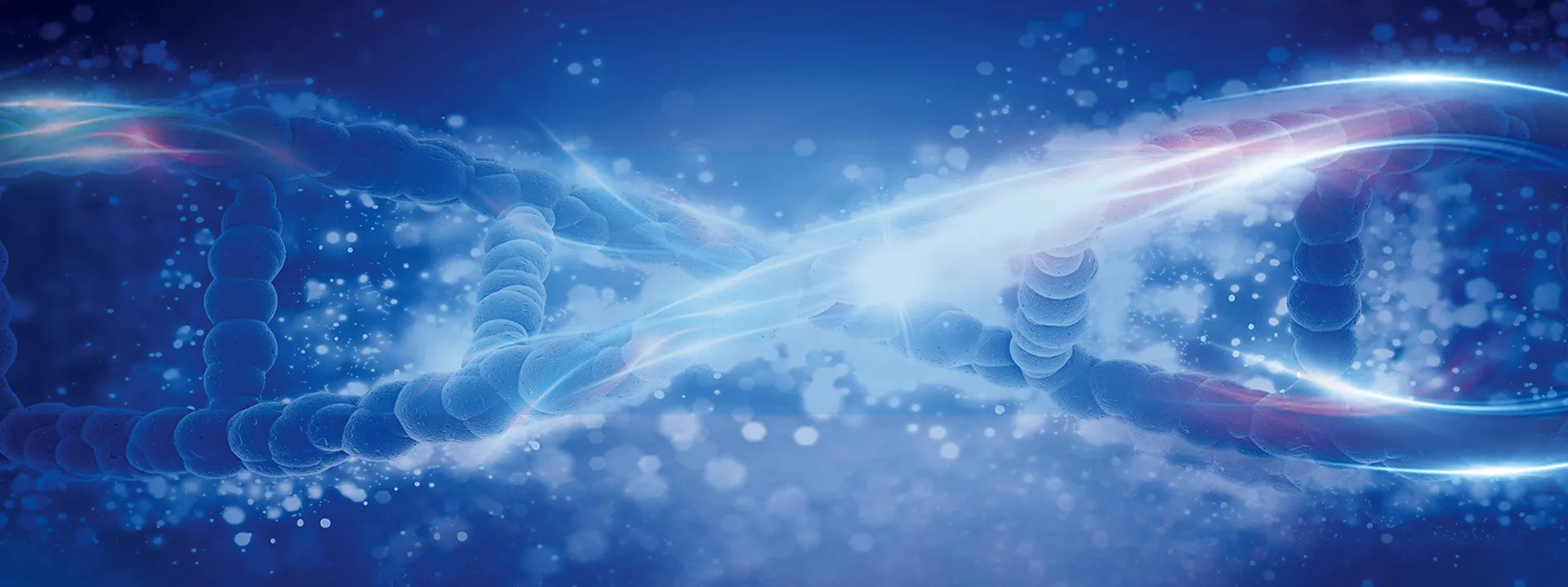OPN Polyclonal Antibody
- 货号:GA005950L

Price:
Size:
100 μL
25 μL
| Verified Samples |
Verified Samples in WB: Rat kidney Verified Samples in IHC: Human kidney, Human liver |
| Dilution | WB 1:1000-1:2000, IHC 1:500-1:1000 |
| Clonality | Polyclonal |
| Isotype | IgG |
| Immunogen | Recombinant Mouse OPN protein expressed by Mammalian |
| Abbre | Osteopontin/OPN |
| Synonyms | BSP, Eta, Secreted Phosphoprotein, Early T-Lymphocyte Activation, BNSP, Bone Sialoprotein I, BSP1, Early T-Lymphocyte Activation 1, Secreted Phosphoprotein 1, Eta-1, Op, Spp-1, Spp1 |
| Swissprot | |
| Calculated MW | 35 kDa |
| Observed MW | 60 kDa |
| Cellular Localization | Secreted |
| Concentration | 1 mg/mL |
| Storage | Store at -20°C Valid for 12 months. Avoid freeze / thaw cycles. |
| Buffer | PBS with 0.05% proclin 300, 1% protective protein and 50% glycerol,pH7.4 |
| Purification Method | Antigen Affinity Purification |
| Conjugation | Unconjugated |
| Background | Osteopontin (OPN, previously also referred to as transformation-associated secreted phosphoprotein, bone sialoprotein I, 2ar, 2B7, early T lymphocyte activation 1 protein, minopotin, calcium oxalate crystal growth inhibitor protein), is a secreted, highly acidic, calcium-binding, RGD-containing, phosphorylated glycoprotein originally isolated from bone matrix. Subsequently, OPN has been found in kidney, placenta, blood vessels and various tumor tissues. Many cell types (including macrophages, osteoclasts, activated T cells, fibroblasts, epithelial cells, vascular smooth muscle cells, and natural killer cells) can express OPN in response to activation by cytokines, growth factors or inflammatory mediators. Elevated expression of OPN has also been associated with numerous pathobiological conditions such as atherosclerotic plaques, renal tubulointerstitial fibrosis, granuloma formations in tuberculosis and silicosis, neointimal formation associated with balloon catheterization, metastasizing tumors, and cerebral ischemia. Mouse OPN cDNA encodes a 294 amino acid (aa) residue precursor protein with a 16 aa residue predicted signal peptide that is cleaved to yield a 278 aa residue mature protein with an integrin binding sequence (RGD), and N- and O-glycosylation sites. OPN has been shown to bind to different cell types through RGD-mediated interaction with the integrins alpha v beta 1, alpha v beta 3, alpha v beta 5, and non-RGD-mediated interaction with CD44 and the integrins alpha 8 beta 1 or alpha 9 beta 1. Functionally, OPN is chemotactic for macrophages, smooth muscle cells, endothelial cells and glial cells. OPN has also been shown to inhibit nitric oxide production and cytotoxicity by activated macrophages. Human, mouse, rat, pig and bovine OPN share from approximately 40-80% amino acid sequence identity. Osteopontin is a substrate for proteolytic cleavage by thrombin, enterokinase, MMP-3 and MMP-7. The functions of OPN in a variety of cell types were shown to be modified as a result of proteolytic cleavage. |
Western blot with Anti OPN Polyclonal antibody at dilution of 1:1000. Lane 1: Rat kidney tissue lysate.
Immunohistochemistry of paraffin-embedded Human kidney using OPN Polyclonal Antibody at dilution of 1:600.
Immunohistochemistry of paraffin-embedded Human liver using OPN Polyclonal Antibody at dilution of 1:600.
联系我们
027-65384716
svipmaster@elabscience.cn
武汉市高新大道858号光谷生物医药产业园二期B18栋


